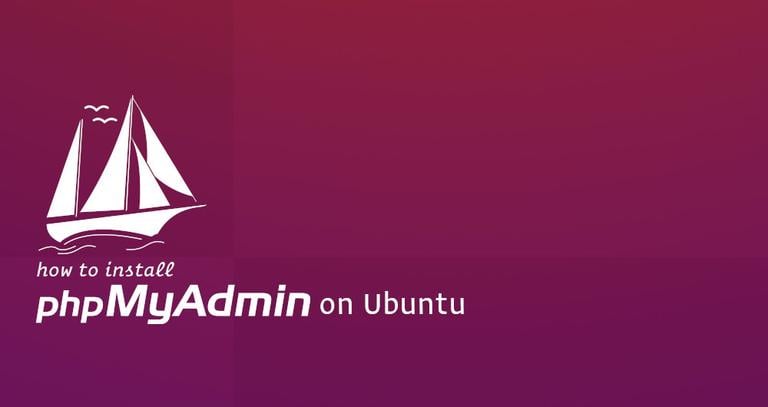

- Install phpmyadmin nginx ubuntu 16.04 install#
- Install phpmyadmin nginx ubuntu 16.04 software#
- Install phpmyadmin nginx ubuntu 16.04 password#
Would you like to setup VALIDATE PASSWORD plugin?

It checks the strength of passwordĪnd allows the users to set only those passwords which are VALIDATE PASSWORD PLUGIN can be used to test passwordsĪnd improve security. It is safe to leave validation disabled, but you should always use strong, unique passwords for database credentials.Īnswer Y for yes, or anything else to continue without enabling.
Install phpmyadmin nginx ubuntu 16.04 software#
This will cause issues if you use a weak password in conjunction with software which automatically configures MySQL user credentials, such as the Ubuntu packages for phpMyAdmin. If enabled, passwords which don't match the specified criteria will be rejected by MySQL with an error. Warning: Enabling this feature is something of a judgment call. This script will ask if you want to configure the VALIDATE PASSWORD PLUGIN. Initiate the script by typing: sudo mysql_secure_installation To secure the installation, MySQL comes with a script that will ask whether we want to modify some insecure defaults. The MySQL database software is now installed, but its configuration is not yet complete.
Install phpmyadmin nginx ubuntu 16.04 install#
Install the MySQL server by using the Ubuntu package manager sudo apt-get update ├─2369 nginx: master process /usr/sbin/nginx -g daemon on master_process on Īccess the default Nginx landing page to confirm that the software is running properly through your IP address You should see the default Nginx landing page. Loaded: loaded (/lib/systemd/system/rvice enabled vendor preset: enabled)Īctive: active (running) since Fri 16:08:19 UTC 3 days ago rvice - A high performance web server and a reverse proxy server.Step 3 – Checking your Web ServerĬheck with the systemd init system to make sure the service is running by typing: sudo systemctl status nginx If you can login or ssh successfully then everything is working fine, you can proceed further otherwise follow the above commands once again slowly. Now do not close your terminal and try to login or ssh to your server. ** Make sure you have OpenSSh allow in the output.If not then, run command sudo ufw allow OpenSSH and check sudo ufw status for OpenSSH to allow in action. Run the sudo ufw status command to see the rules that are set. Respond to the prompt with y and hit ENTER. We already set up a firewall rule that allows SSH connections, so it should be fine to continue. You will receive a warning that says the command may disrupt existing SSH connections. Let's enable the most restrictive profile that will still allow the traffic you've configured, permitting traffic on port 80. Step 2 – Adjusting the Firewall sudo apt-get updateĪllowing SSH Connections sudo ufw allow OpenSSH Step 1 – Installing Nginxīecause Nginx is available in Ubuntu's default repositories, you can install it using the apt packaging system. LEMP stack contains Linux, Nginx, MySQL, and PHP. We will install PHPMyAdmin on LEMP stack. To have access to all the commands required, I am writing this post. Installing PHPMyAdmin sometimes become painful.


 0 kommentar(er)
0 kommentar(er)
